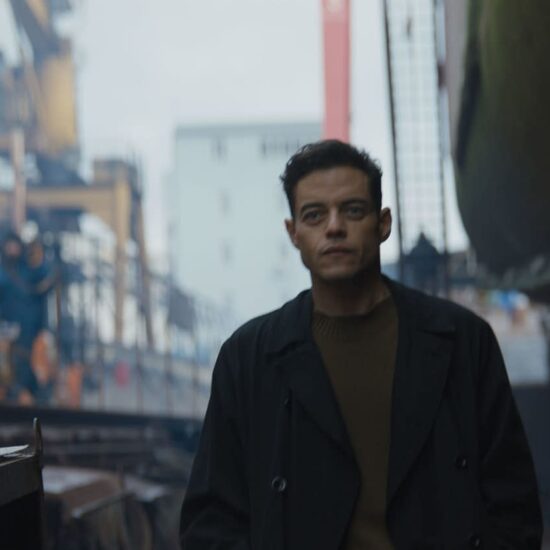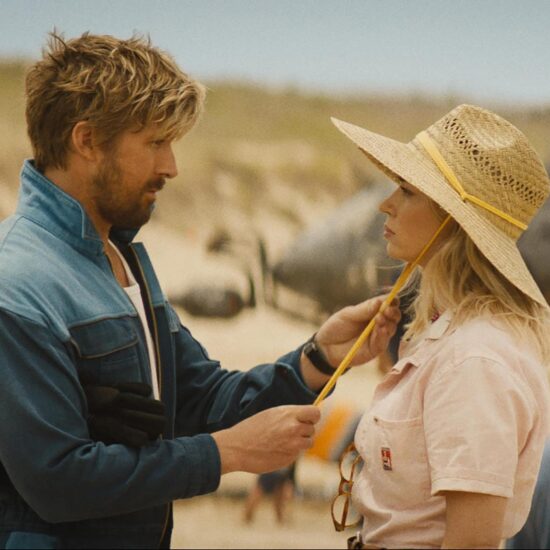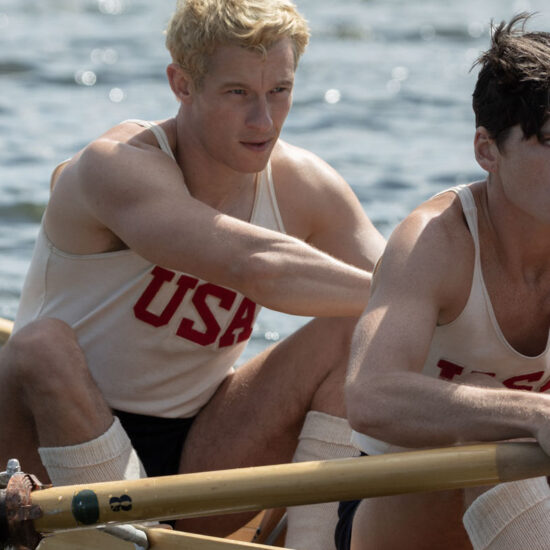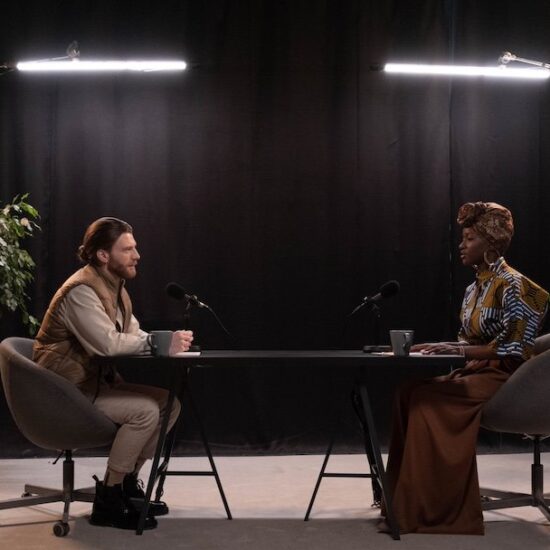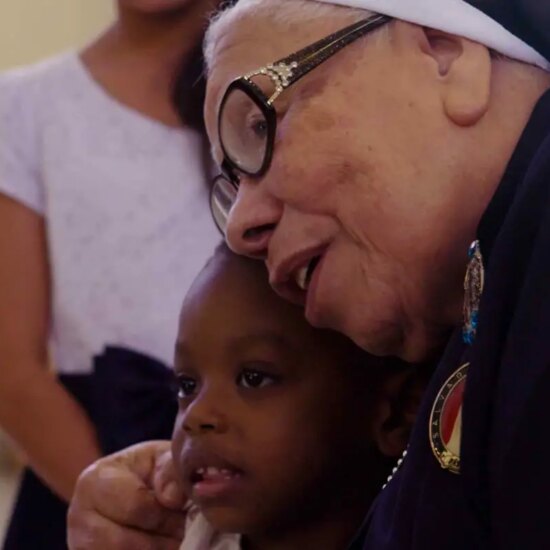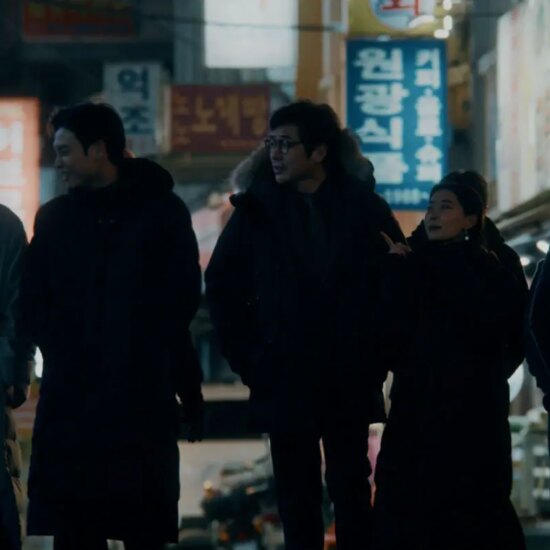
This year’s recipient of IDA’s Preservation and Scholarship Award is Cambodian director Rithy Panh, 60, whose most recent autobiographical film, The Missing Picture, won top prize in the Un Certain Regard section of the 2013 Cannes Film Festival and was nominated for an Academy Award for Best Foreign Language Film, as Cambodia’s submission. The Missing Picture blends clay figures, photographs and Khmer Rouge propaganda films into a devastating memoir of Panh’s family’s demise in the work camps of that murderous regime.
The Preservation and Scholarship Award goes to Panh for co-founding, along with filmmaker Ieu Pannakar, the Bophana Audiovisual Resource Center in Phnom Penh. This young institution, established in 2006, is the repository for film, television, photography and sound archives on Cambodia, drawn from around the world. Visitors can access these materials free of charge. The Center also provides filmmaking training and produces “modern audiovisual creation, filmmaking and multimedia.”
A Center event, Cine Saturday, screens propaganda films made by both the Khmer Rouge and former Cambodian ruler King Norodom Sihanouk, as well as documentaries by filmmakers such as Raoul Peck (and Panh himself, of course) and fiction such as the Catherine Deneuve-starrer Indochine. This past August, the Center commemorated the centenary of Indian cinema with Bollywood classics from 1958 to 2003. Other programs include a cine club, conferences, exhibitions and mobile screenings outside of Phnom Penh. The Center also produces the Cambodian International Film Festival, which runs December 5-10.
We reached Panh via email, and he was gracious enough to take time out from his production shoot to respond to our questions.
Can you tell us about the origins of the Bophana Audiovisual Resource Center?
Rithy Panh: After the Khmer Rouge fell [in 1979], the whole country was in ruins. Generations of memory had been destroyed, and it was left to us survivors to rediscover and redefine our shared identity. Many of the tools, the tangible things and the people that would ordinarily help us do this, were no longer. Wanting to preserve what limited memory was left, Ieu Pannakar began collecting old films he found scattered across streets and cities.
Then in 1990, some friends and I discovered this collection, stored in the roof of the Cinema Department in Phnom Penh. I remember the first thing that came to my mind was noticing what poor condition all of the films were in, followed by feeling deeply sad: “Everything has been destroyed; everything has been taken from us.” With the deterioration and decay of these films, I felt like our identity, our sense of belonging, would continue to diminish and die. We couldn’t let another memory be ripped away from us, so we did what we had to do to ensure the film collection’s survival. We asked Ieu Pannakar and the Cinema Department for their support, and without any film archive experience, we looked at ways to store and preserve these films while simultaneously sharing them with others.
At first, we thought we could just create a library. But as our vision and mission refined itself, we realized our goals were much bigger than that. We were not film archivists or teachers, and we had to learn from the very basics up. We needed to know about copyright, preservation, business management, community engagement, fundraising. We needed a whole range of skills in order to see our idea realized. In the beginning, many people were reluctant to invest in us. Owners of prints were afraid to hand over their films to a bunch of young Cambodians new to the game. But we continued to work at it voluntarily, doing solid days and nights. Ten years later, the Bophana Audiovisual Resource Center was realized and given to the people to explore their heritage.

What is the origin of the name Bophana?
Bophana was separated from her husband throughout the Khmer Rouge era. Imprisoned in S-21 prison, she was forced to write a “confessional” biography: who she was, whom she knew and her background. Through horrific torture and suffering, Bophana had to write her full story; she confessed she was with the CIA, although this was false. Each time she did this, she signed with the name Seda Deth. She did not know her husband was also in prison right next to her, but in signing this way, she tried to reinforce to him that she would not let the Khmer Rouge break her. They could torture her, abuse her, interrogate her—but they could not destroy her spirit or her love for him. This is a strong message for the next generation: a message of resistance in the name of love. Our spirit and the message we choose to send to the world can have a profound impact on the society. At the Bophana Center we want people to have a voice to share and exchange their message, doing so via conscious, empowering and creative channels.
Tell us about the Bophana Center’s co-founder, Ieu Pannakar.
Ieu Pannakar was one of the first Cambodian filmmakers. He worked for King Norodom Sihanouk. He made Cambodian television, was a pilot, an engineer, he built railways…a man of many skills and talents. His true passion, however, was cinema. When the Khmer Rouge fell, he helped to establish the Department of Cinema, worked for the King as a senator and continued making films. Today he shares his time between prayer and filmmaking—he is a man of many passions and much enthusiasm. He is a great mentor to me, and in those early days he supported me in developing the Bophana Center. He provided us with the building for the center, and he talked and guided me along all the way.

How did you incorporate the Khmer Rouge footage into The Missing Picture?
The footage used in this film was not singularly used by me but has been used by many directors and filmmakers both here and abroad to document the Khmer Rouge. It is a long-term goal to see this database extend to become accessible worldwide and available over the Internet for other cultures and places to learn about our past.
I think the Universal Declaration of Human Rights has it right when it lists access to information and freedom of expression as a fundamental right to every human being. Being able to learn about your roots, your culture, your identity and that of others is an essential component to any healthy society. Young people have their minds floating above themselves, buzzing within the technological world of Facebook and mobile phones. We have information overload and much of it is rubbish. We have to teach our young generations now how to distinguish the good from the bad. Many youth wouldn’t know where to start in accessing quality information and memory resources, so we have to help lead them to it.
Is there the possibility that there are “lost” Cambodian films hidden somewhere in the countryside?
I am sure of it. It is this belief that has driven my work until now. But these are not so easy to locate, and if found, are often in very poor condition, requiring high-tech equipment to restore and preserve them. One Japanese expert is now working with our team on film restorations. Many more films are no doubt scattered across the world, and any new material we acquire will only add to our memory and build upon what we know and understand of ourselves.
I aspire to find these, find them all and bring them back to life but, like everything, this takes funding. I think about our history: the US bombings, then the Khmer Rouge, then the civil war and all the lives lost, and the destruction and suffering that resulted. I think of all the expertise and knowledge that was wiped out as a consequence and how now we are struggling to rebuild; our path of prosperity and peace has been shattered.
Genocide is not only killing; it is not only deaths. It is much more than that. It is the complete destruction and deprivation of our culture and our identity. After all of this, when we look to rebuild what we have lost, we find ourselves left begging for help—as if all the responsibility and accountability have been placed on our backs alone and the past forgotten. If we don’t try to access and preserve our memory, it means the millions dead will stay only a statistic with no face, no name, no story. The dead will be nothing.
Frako Loden is adjunct lecturer in film, women’s studies and ethnic studies at California State University East Bay and Diablo Valley College. She also reports on film festivals for Fandor.









